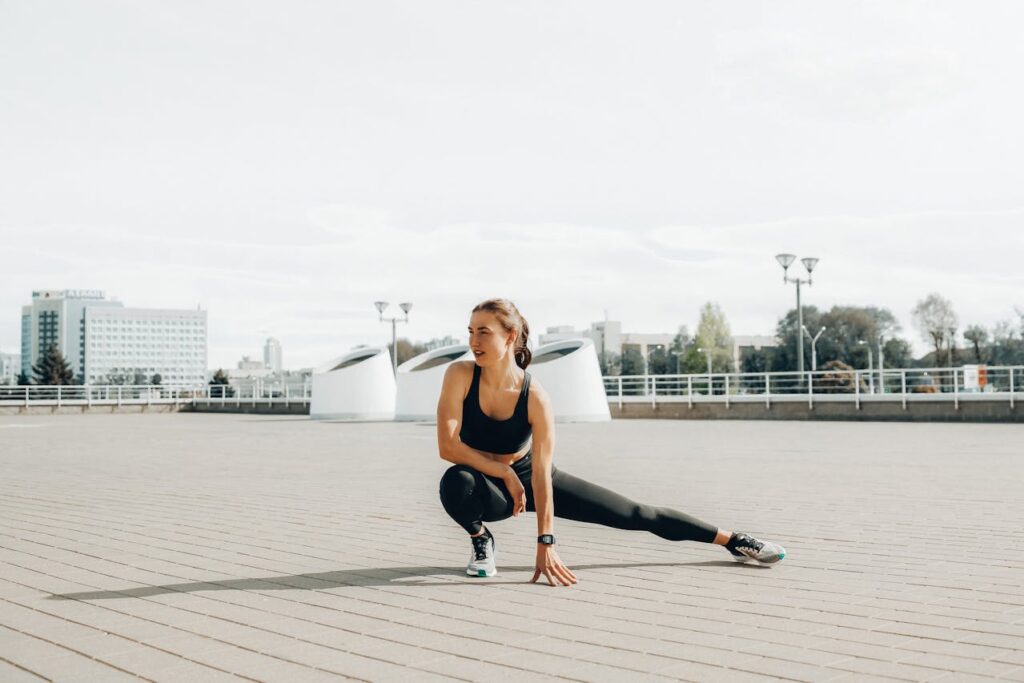The human body operates on natural rhythms that shift with the seasons, directly impacting energy levels, mood, and motivation to exercise. Understanding these patterns helps maintain consistent fitness habits year-round.
The Science Behind Seasonal Motivation Changes
Seasonal shifts trigger biological responses that affect workout motivation. Daylight exposure influences serotonin production, a neurotransmitter that regulates mood and energy. During shorter winter days, serotonin levels naturally decrease, leading to reduced motivation and increased fatigue.
Melatonin production also fluctuates with seasonal light changes, controlling sleep-wake cycles. Increased production during darker months creates sluggishness that extends into workout routines. Temperature variations affect metabolic processes, with cold weather slowing circulation and making muscles stiffer.
Winter Workout Challenges
Winter presents unique obstacles to maintaining exercise routines:
- Reduced daylight hours limit outdoor activity options.
- Cold temperatures make outdoor exercise less appealing and increase injury risk.
- Snow and ice create safety concerns for running and cycling.
- Social isolation removes accountability from group fitness activities.
- Natural calorie cravings can decrease energy for workouts.
Spring Energy Renewal
Spring brings natural increases in energy and motivation as daylight hours extend. The body responds to increased sunlight by producing more serotonin, improving mood, and creating enthusiasm for physical activity. Warmer weather makes outdoor exercise comfortable and expands activity options.
However, spring allergies can make outdoor exercise uncomfortable, and the transition from winter inactivity to increased exercise can lead to injuries if progression is too rapid.
Summer Peak Performance
Summer typically represents peak motivation for fitness enthusiasts. Longer daylight hours provide more opportunities for outdoor activities, and social events often center around active pursuits. The desire to look confident in summer clothing creates additional motivation.
Heat-related challenges include dangerous temperatures during certain hours and increased dehydration risks. Air conditioning costs may increase gym usage, but some find indoor exercise less appealing during beautiful weather.
Fall Preparation
Fall brings renewed focus on fitness as people return to structured schedules. Cooler temperatures make outdoor exercise comfortable, and many view this season as an opportunity to establish healthy habits before winter arrives.
The abundance of seasonal activities like hiking and outdoor festivals provides natural opportunities for increased physical activity. However, decreasing daylight hours begin to affect mood and energy levels.
Strategies for Year-Round Motivation
Light Exposure Management
- Exercise near windows or use bright light therapy lamps during darker months.
- Time workouts during peak daylight hours when possible.
- Take advantage of morning light exposure to regulate circadian rhythms.
Seasonal Routine Adaptation
- Winter: Focus on indoor activities and strength training.
- Spring: Gradually incorporate outdoor activities and build cardiovascular fitness.
- Summer: Schedule early morning or evening workouts to avoid peak heat.
- Fall: Build strength and endurance while taking advantage of ideal conditions.
Indoor Exercise Alternatives
- Invest in basic home equipment like resistance bands and dumbbells.
- Use online fitness classes and workout videos for variety.
- Create a dedicated, well-lit workout space at home.
- Have multiple backup options to prevent boredom.
Social Support Systems
- Find workout partners or join fitness groups for accountability.
- Participate in online fitness communities during isolated seasons.
- Create seasonal fitness challenges with friends or family.
- Share goals and progress with others for motivation.
Nutrition Support
- Adjust eating patterns to support seasonal exercise needs.
- Focus on sustained energy foods during the winter months.
- Increase hydration during summer exercise.
- Consider vitamin D supplementation during the darker months.
Building Sustainable Habits
The key to maintaining fitness throughout seasonal changes lies in building flexible, sustainable habits rather than rigid routines. Consistency matters more than perfection – maintaining some level of physical activity during challenging seasons is more valuable than attempting peak performance year-round.
Create systems that work with seasonal changes by having backup plans for weather disruptions and alternative activities for different seasons. Set realistic, season-specific goals that account for natural fluctuations in motivation and energy levels.
Professional Support
Working with fitness professionals provides valuable guidance for navigating seasonal challenges. Different personal trainers at home can help you adapt routines to seasonal limitations, while nutritionists can adjust eating patterns to support year-round exercise needs.
Seasonal changes create predictable patterns in exercise motivation that affect everyone. Success comes from working with natural seasonal rhythms rather than fighting against them. This means having realistic expectations, flexible routines, and multiple strategies for maintaining motivation during challenging periods.
The goal isn’t to maintain identical fitness levels year-round, but to sustain healthy habits that support overall well-being regardless of seasonal challenges. By acknowledging and preparing for seasonal changes, anyone can maintain an active lifestyle throughout the year.

